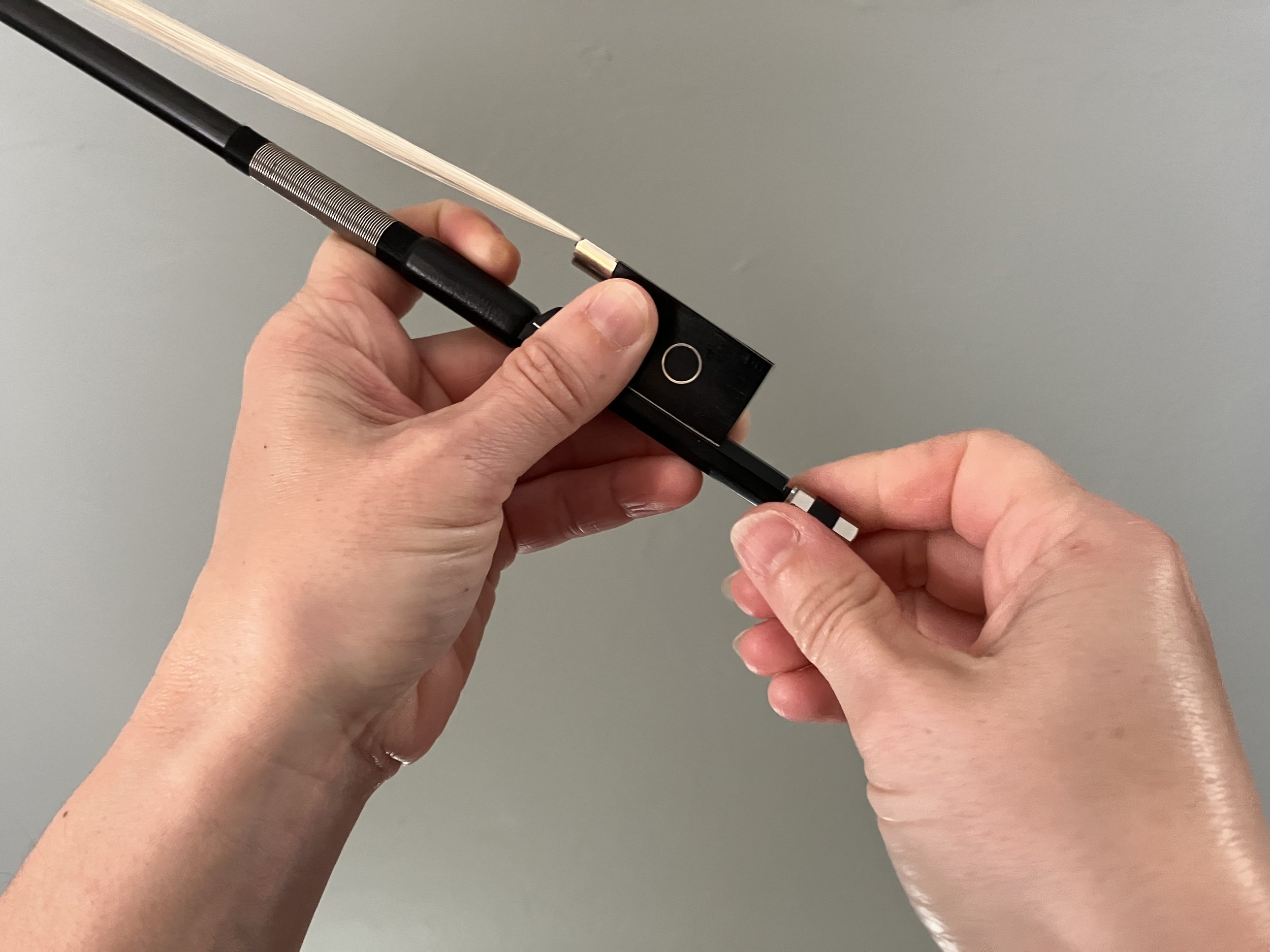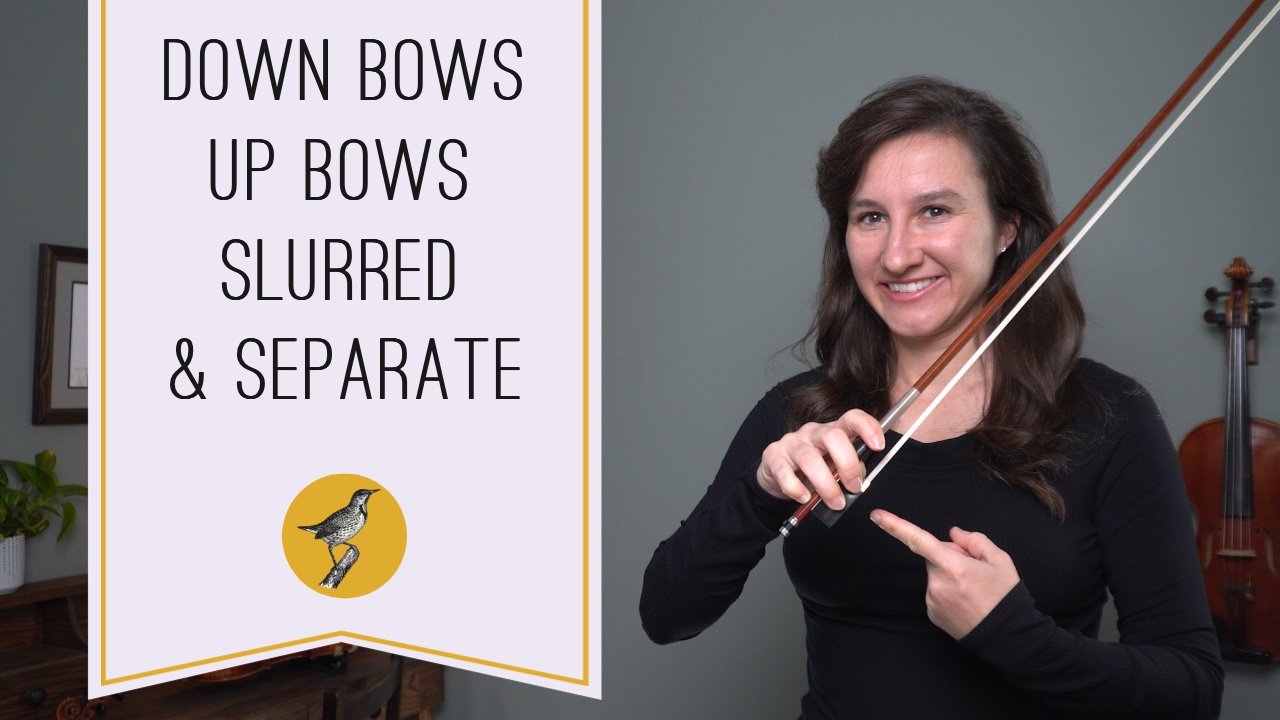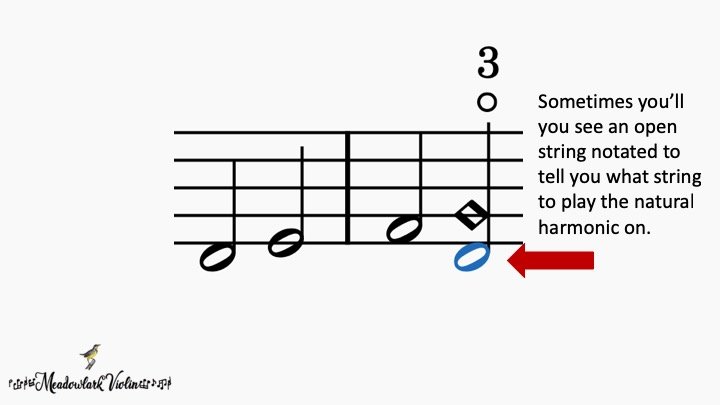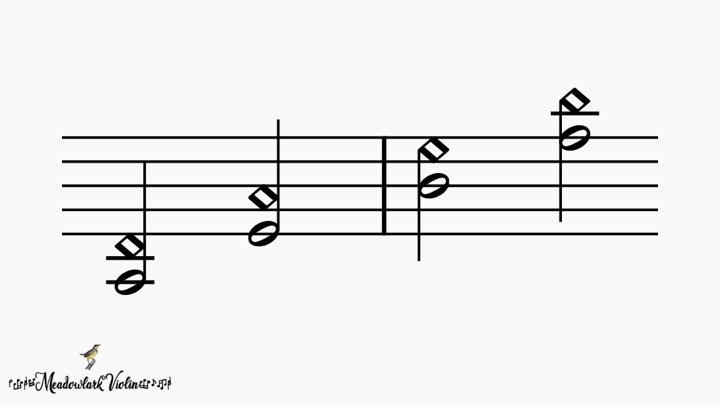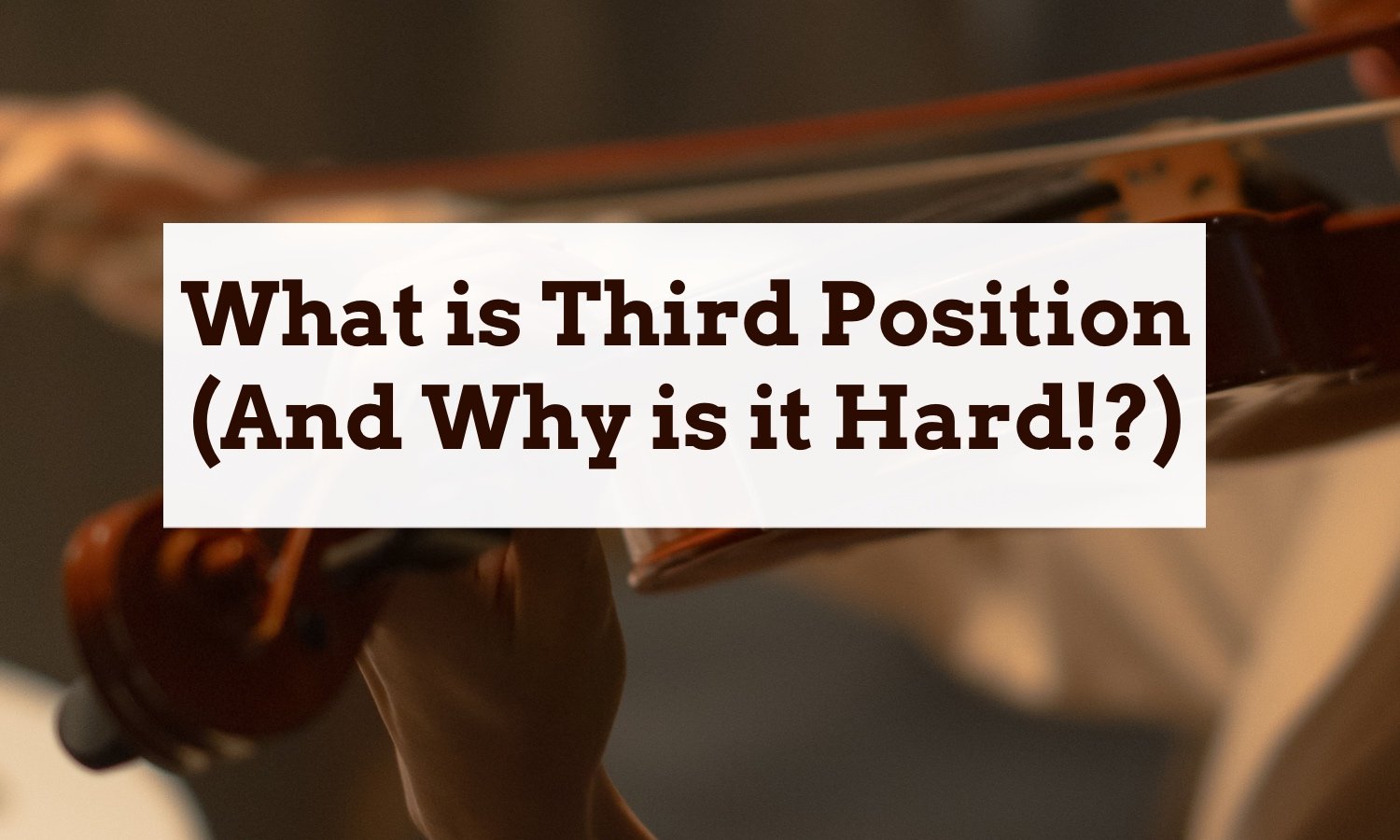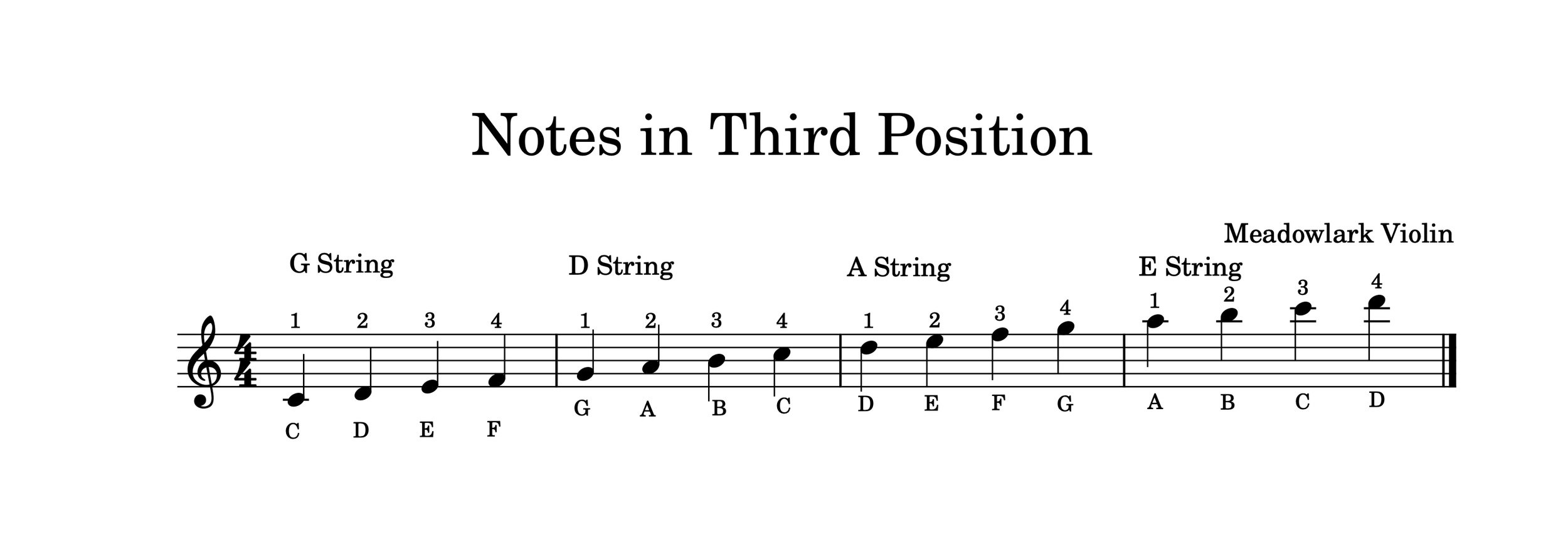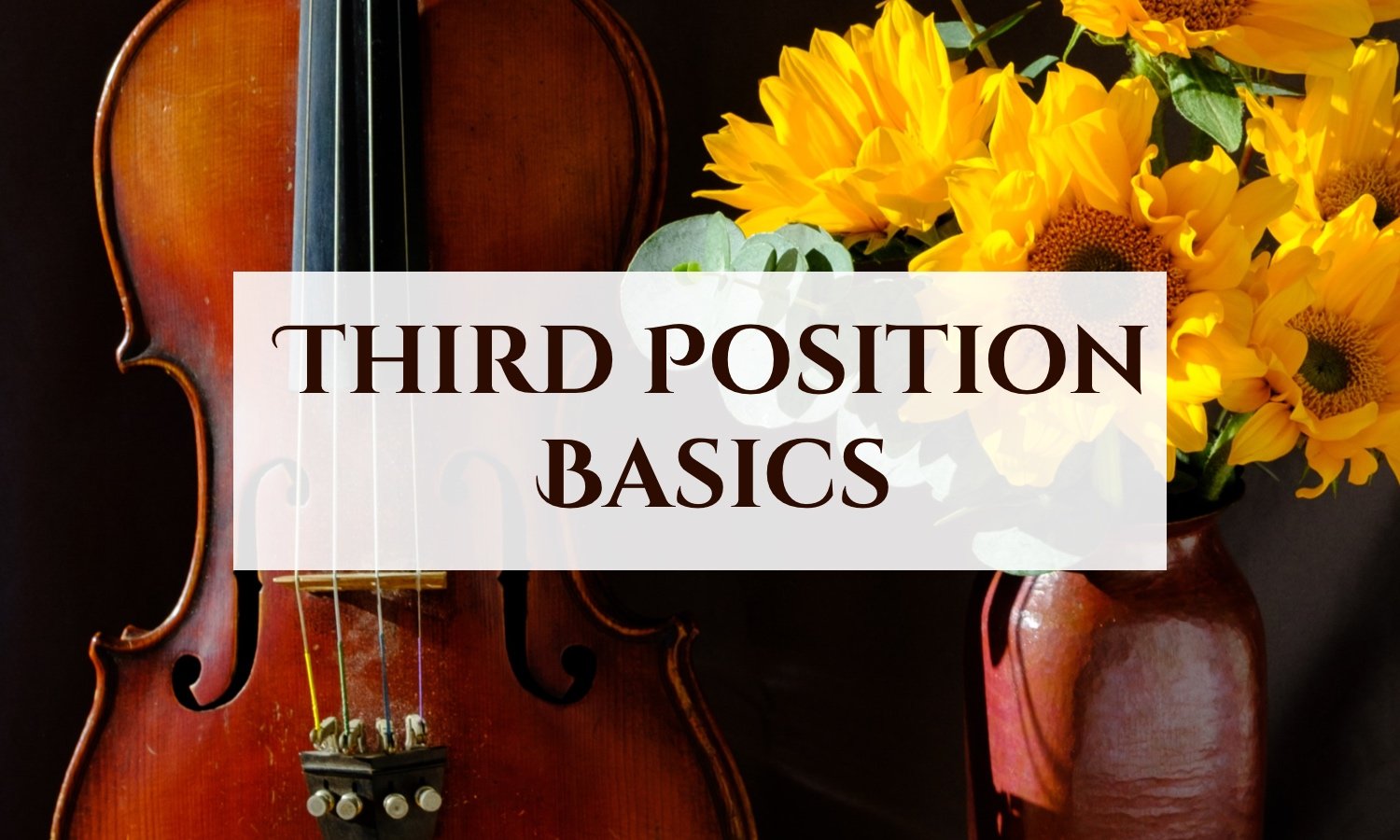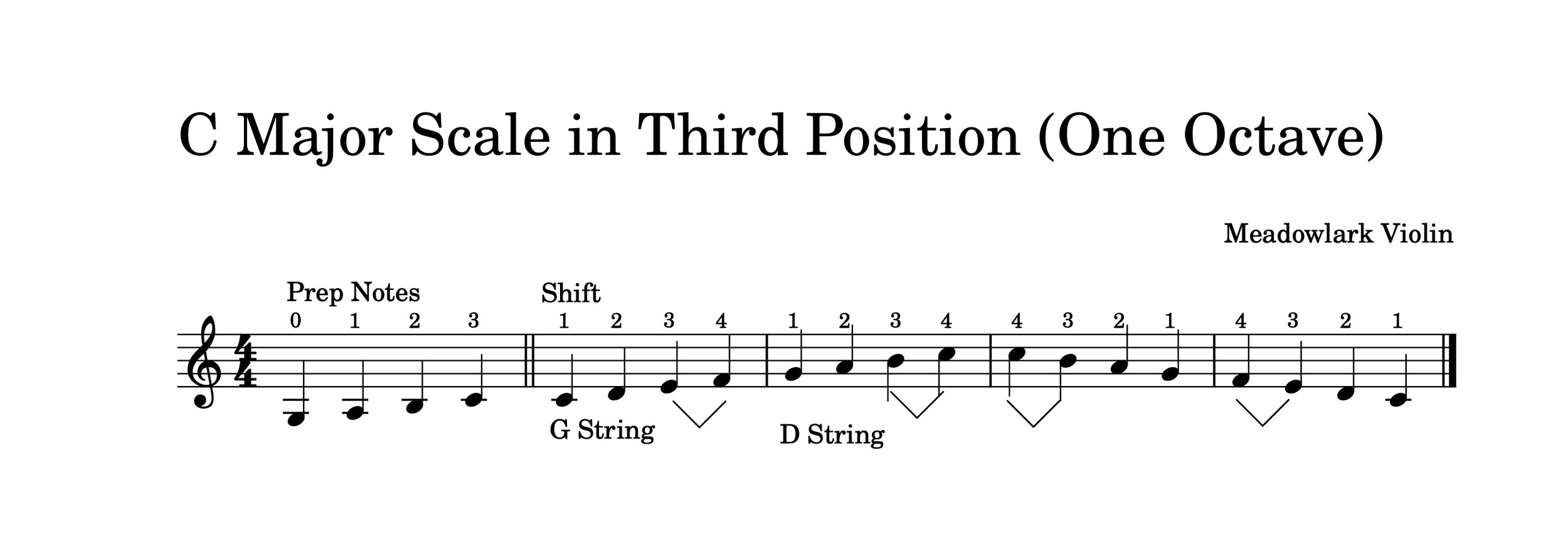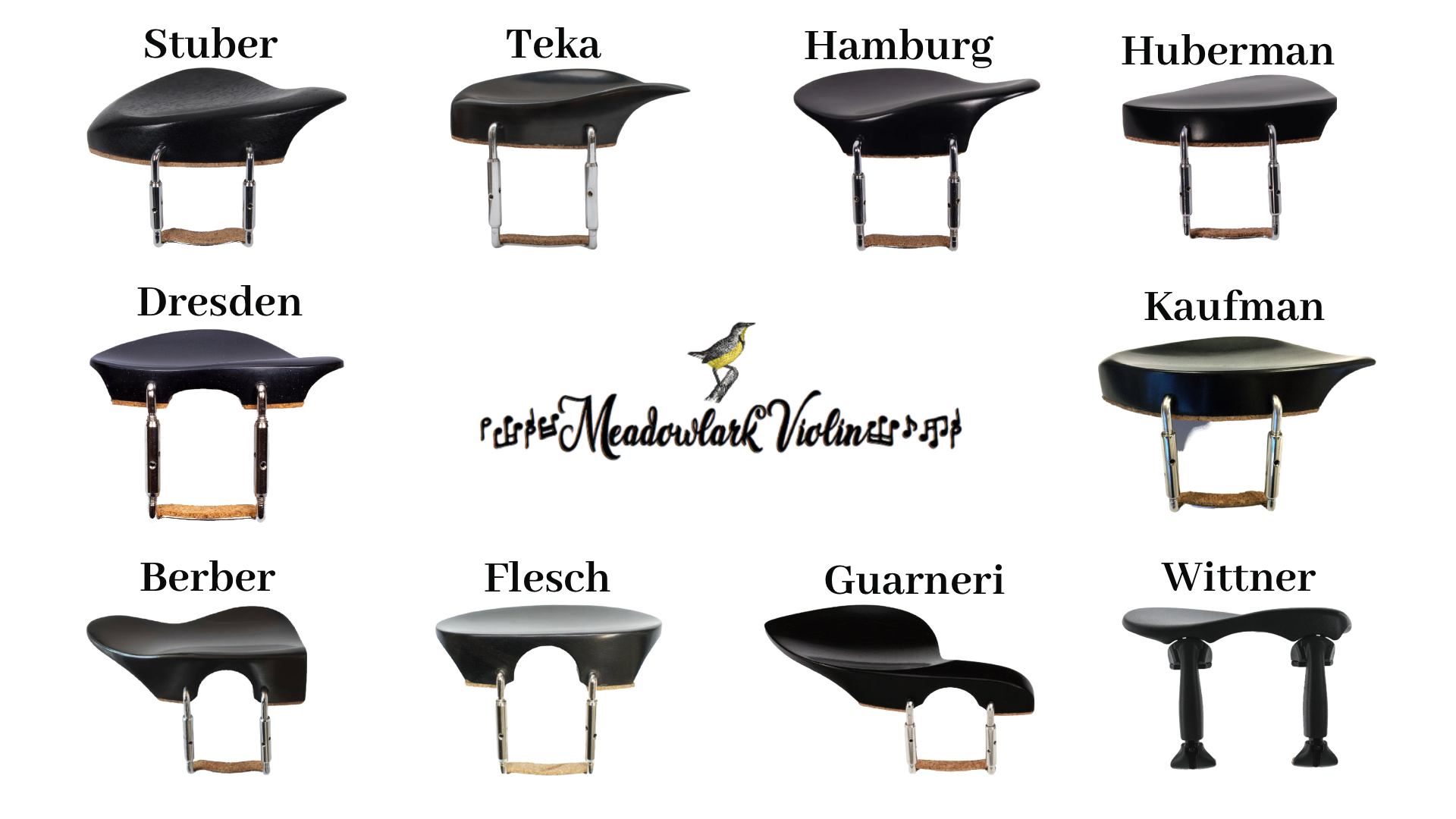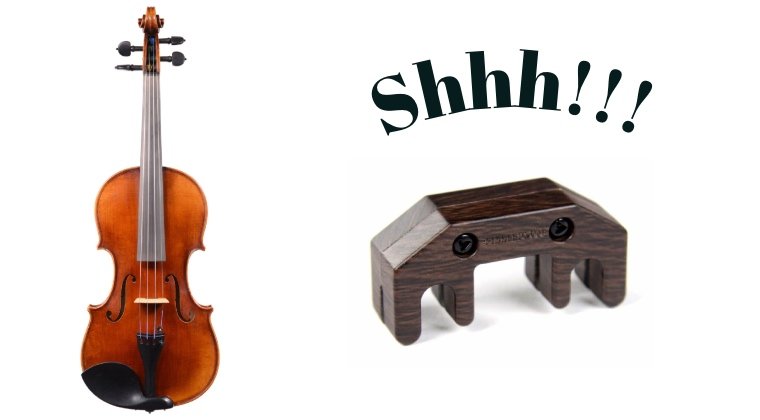#7 Thinking of intonation as a one note problem
Intonation is not a one note problem. It’s a two note problem. With the exception of the first note of a song, every note follows another note. No note exists in a vacuum. You have to think about what note comes before the out of tune note. Practice those 2 notes, think about how you get to the out of tune note, how you stretch for it, or how you prepare for it.
For instance if you have a big stretch to a 4th finger and then a low 2 after the 4th finger, that big stretch to the 4th finger is going to affect the low 2nd finger. You’re going to have to stretch back for the low 2 to get it in tune. Thinking of any violin intonation problem in terms of two notes will help you play more in tune.
#8 Tension
Tension is a big reason for bad intonation on the violin.
First of all I want you to remember this rule: there is no such thing as perfect intonation. There is the illusion of perfect intonation.
As you progress on the violin, ideally your ear is progressing as well. Your ear begins to identify when a note is out of tune and your ear will tell you how how that note is out of tune: too sharp or too flat. Your left hand finger quickly adjusts to match what your ear is telling you the note should sound like. Ideally this whole process happens quick enough that your listeners have no idea that you originally played the note out of tune.
The point here is that your fingers need to be able to adjust and move with lightening quick speed and if you are tense or have a death grip on the violin, your fingers will never be able to move quick enough to play in tune.
(Watch How to Get Rid of the Death Grip)
#9 Not preparing the fingers
When you’re playing one note, you need to be thinking about the next note and your finger needs to be preparing for that next note. For instance, if I’m playing 1st finger and my next note is a 4th finger, while I”m playing the 1st finger, I need to be stretching up with my pinky, maybe moving my thumb up, and hearing in my head what that next note needs to sound like. If you’re not thinking ahead, every note will catch you off guard and you’ll always be playing catch-up.
If you’re thinking, that’s a lot to think about, you’re right. If you’re also thinking there’s no way I could ever think about all of those things while I’m playing violin, you’re wrong. That brings me to my last reason you may be struggling with intonation.
#10 You’re not practicing slow enough
You need to dedicate time for every scale, song, and passage and play it unbelievably slow. Like, unbelievably slow.
When I play that slowly, I actually have the time to think about all of the those things I talked about. I have time to prepare the note, I have time to force my hand to relax, I have time to think about intonation in terms of two notes, I have time to curve my fingers, I have time to think about leaving fingers down, and I have time to understand what my left hand is actually doing.
Playing unbelievably slow is one of the best tools we have as violinists, but unfortunately it’s one of the tools we use the least.
So take some time to play unbelievably slow every day and I think you will hear a major improvement in your violin intonation!





